

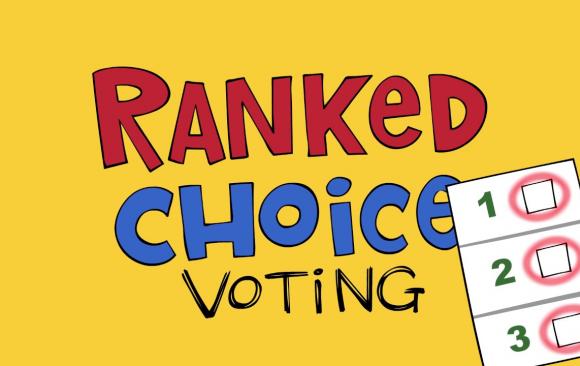
Starting this year, all citywide, borough president and City Council primaries will use ranked-choice voting, as well as special elections for any of those positions.
FACTS:
Why are we using Ranked Choice Voting?
New Yorkers elected to use Ranked Choice Voting in a 2019 ballot measure. It passed with 73.5% support.
Which elections will use Ranked Choice Voting?
NYC will use Ranked Choice Voting in primary and special elections for local offices: Mayor, Public Advocate, Comptroller, Borough President, and City Council.
How to fill out your ballot:
Rank up to 5 candidates in order of preference.
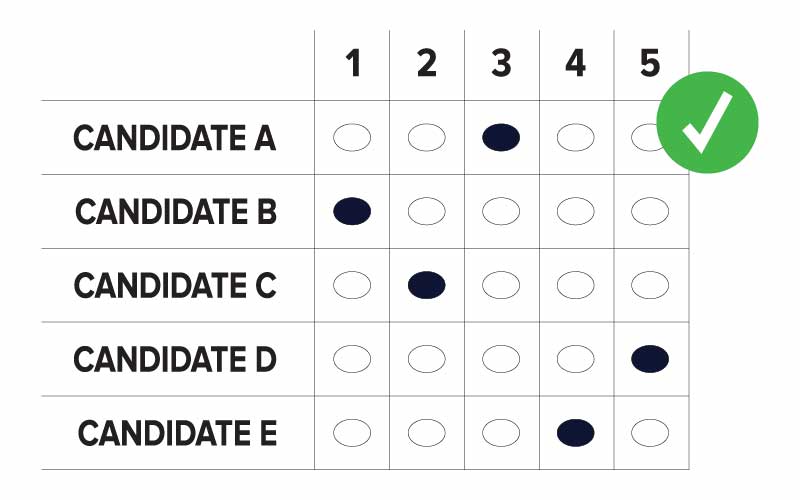
Do not rank a candidate more than once. If you do, only your top ranking for them will count.
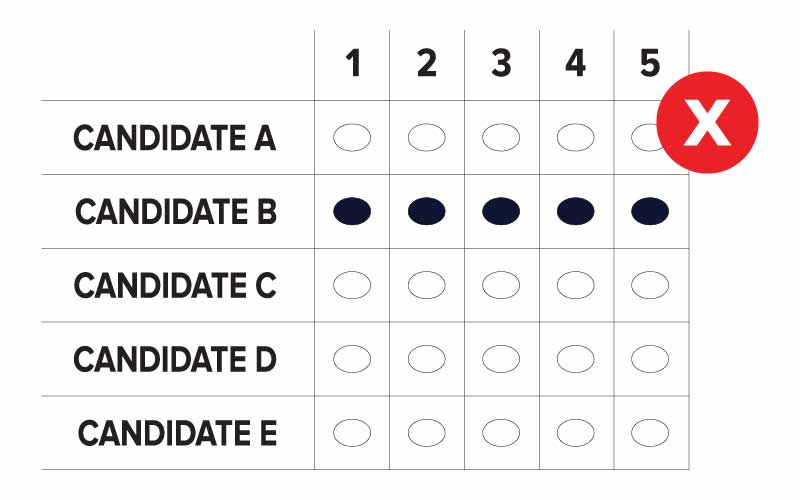
Do not give multiple candidates the same ranking. If you choose more than one candidate as your first choice, your ballot will not be valid.
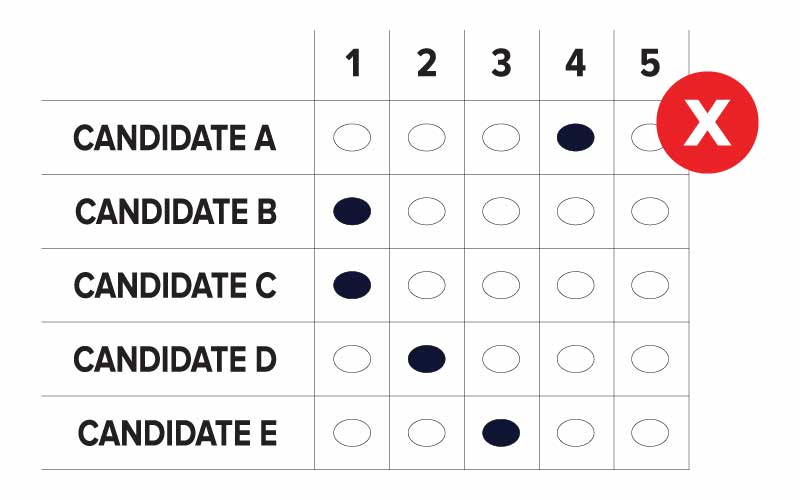
If a candidate receives more than 50% of first-choice votes, they win the election.
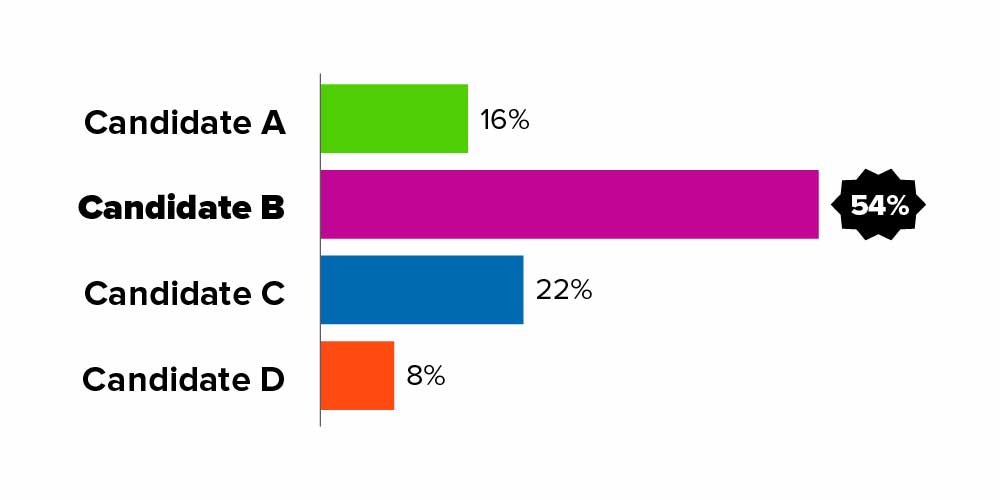
If no candidate earns more than 50% of first-choice votes, then counting will continue in rounds.

Each round, the candidate with the fewest votes is eliminated. If your top-choice candidate is eliminated, your vote goes to the next highest ranked candidate on your ballot.

This process continues until there are only 2 candidates left. The candidate with the most votes wins!

Ranked Choice Voting gives you more say in who gets elected. Even if your top choice candidate does not win, you can still help choose who does.
More civility and less negative campaigning. Candidates who are not your top choice still need your support as your 2nd, 3rd, 4th, or 5th choice. This makes them more likely to appeal to a wider audience.
More diverse and representative candidates win elections. Cities that have implemented Ranked Choice Voting have elected more women and more women of color, making their elected officials more representative of their communities.
For more information, check out NYCFFB's Ranked Choice Voting FAQs